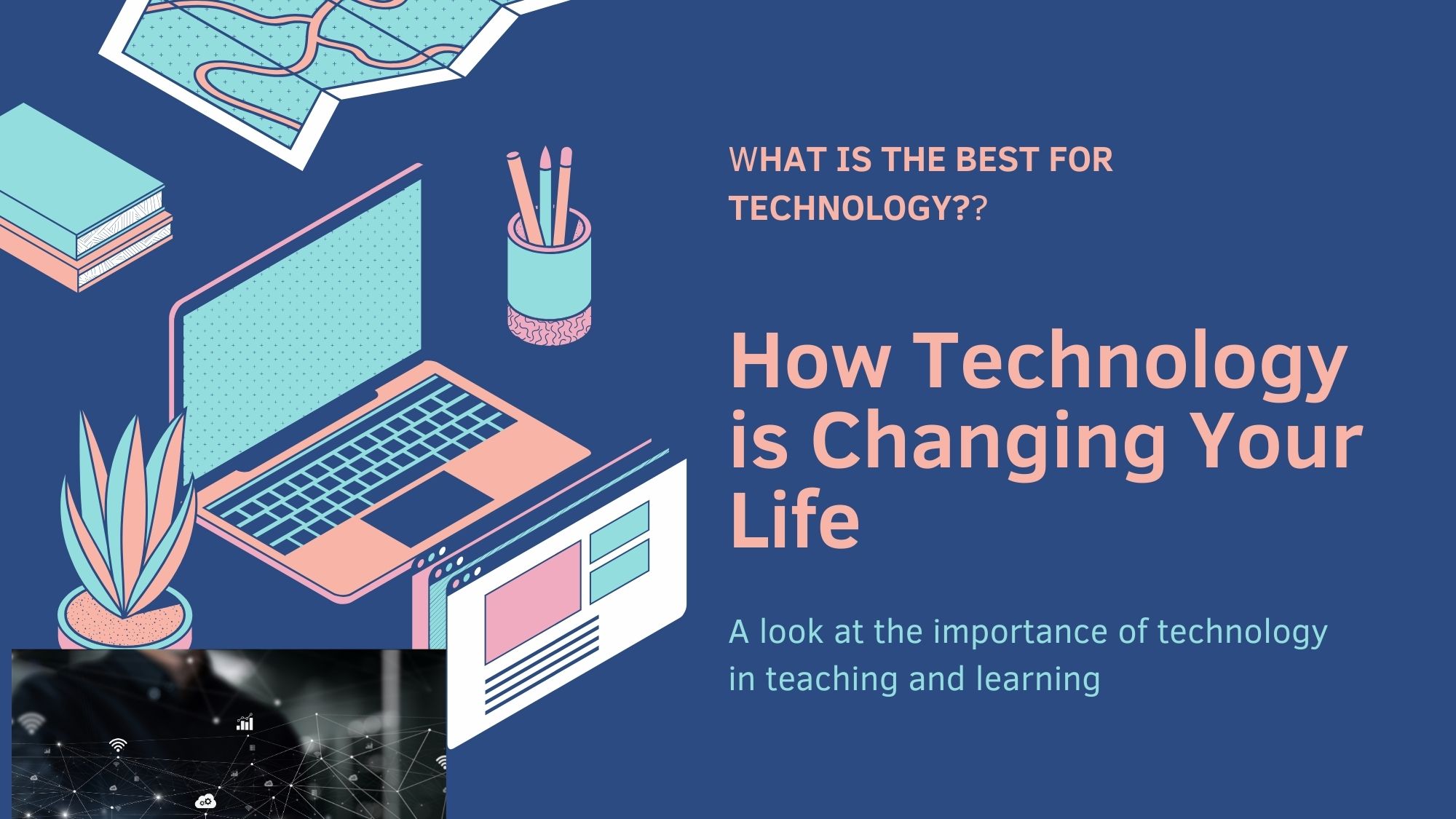How Technology is Changing Education
Technology encompasses the application of scientific knowledge for practical purposes, often aimed at solving problems or fulfilling human needs. It includes a wide range of tools, systems, methods, and processes designed to improve efficiency, productivity, and quality of life.
Technology can be tangible, such as smartphones and computers, or intangible, like software and algorithms.
Evolution of Technology: The history of technology is a narrative of innovation and progress, spanning millennia. From the invention of the wheel and the printing press to the industrial revolution and the digital age, humans have continually developed new technologies to overcome challenges and advance society. Each era has introduced groundbreaking inventions that have reshaped economies, cultures, and daily routines.

Impact of Technology: Technology has had a profound impact on nearly every aspect of human existence. It has revolutionized communication, enabling instant global connectivity through the Internet and social media platforms.
It has transformed industries, leading to automation, increased efficiency, and the creation of entirely new markets. Additionally, technology has enhanced healthcare, education, transportation, entertainment, and countless other domains, improving standards of living and fostering innovation.
Ten (10) Categories of Technology:
- Information Technology (IT): IT encompasses hardware, software, networks, and services used for storing, retrieving, transmitting, and manipulating digital information. This includes computers, smartphones, tablets, servers, operating systems, databases, programming languages, and cybersecurity measures.
- Communication Technology: Communication technology facilitates the exchange of information between individuals, groups, or devices. This category includes telecommunication systems, such as telephones, satellites, fiber-optic cables, and wireless networks, as well as communication protocols, messaging apps, email services, and video conferencing tools.
- Transportation Technology: Transportation technology encompasses vehicles, infrastructure, and systems designed to transport people and goods efficiently and safely. This includes automobiles, airplanes, trains, ships, bicycles, roads, bridges, airports, ports, traffic management systems, and navigation devices like GPS.
- Biotechnology: Biotechnology involves the use of biological systems, organisms, or derivatives to develop products or processes for various applications. This includes genetic engineering, pharmaceuticals, biomanufacturing, agricultural biotechnology, medical devices, bioinformatics, and regenerative medicine.
- Energy Technology: Energy technology focuses on the generation, storage, distribution, and consumption of energy resources. This includes fossil fuels, renewable energy sources (such as solar, wind, hydroelectric, and geothermal power), energy-efficient technologies, smart grids, batteries, and fuel cells.

- Environmental Technology: Environmental technology, also known as cleantech or green technology, aims to mitigate environmental degradation and promote sustainability. This includes pollution control devices, waste management systems, renewable energy solutions, water purification technologies, and sustainable agriculture practices.
- Robotics and Automation: Robotics and automation involve the design, development, and deployment of machines and systems capable of performing tasks autonomously or semi-autonomously. This includes industrial robots, drones, autonomous vehicles, robotic surgery systems, home automation devices, and artificial intelligence algorithms.
- Healthcare Technology: Healthcare technology encompasses medical devices, equipment, procedures, and systems used to diagnose, treat, and monitor health conditions. This includes medical imaging devices, wearable fitness trackers, telemedicine platforms, electronic health records (EHRs), and medical robotics.
- Entertainment Technology: Entertainment technology encompasses devices, platforms, and content designed for leisure and entertainment purposes. This includes television sets, video game consoles, streaming services, virtual reality (VR) headsets, augmented reality (AR) apps, digital cameras, audio systems, and multimedia content creation tools.
- Consumer Electronics: Consumer electronics refer to electronic devices and gadgets designed for personal use, typically in homes or offices. This includes smartphones, laptops, tablets, smartwatches, digital cameras, e-readers, gaming consoles, smart home devices (such as smart speakers and thermostats), and wearable fitness trackers.

In the end, technology and gadgets are integral to modern life, driving innovation, progress, and connectivity across diverse domains. From information technology and communication systems to transportation, biotechnology, energy, and beyond, technology continues to shape and transform the world we live in.
As we navigate the complexities and opportunities of the digital age, understanding and harnessing the power of technology will remain paramount for addressing global challenges and improving the quality of life for future generations.
Writer: Admin






More Stories
Microsoft Send Memo Letter to Their Employee Not to Use iPhone, For This Reason?
Microsoft ended its ambitious and innovative Project called Natick, which???
Supercapacitor that Charges Gadget in Less than a Minute Invented in’